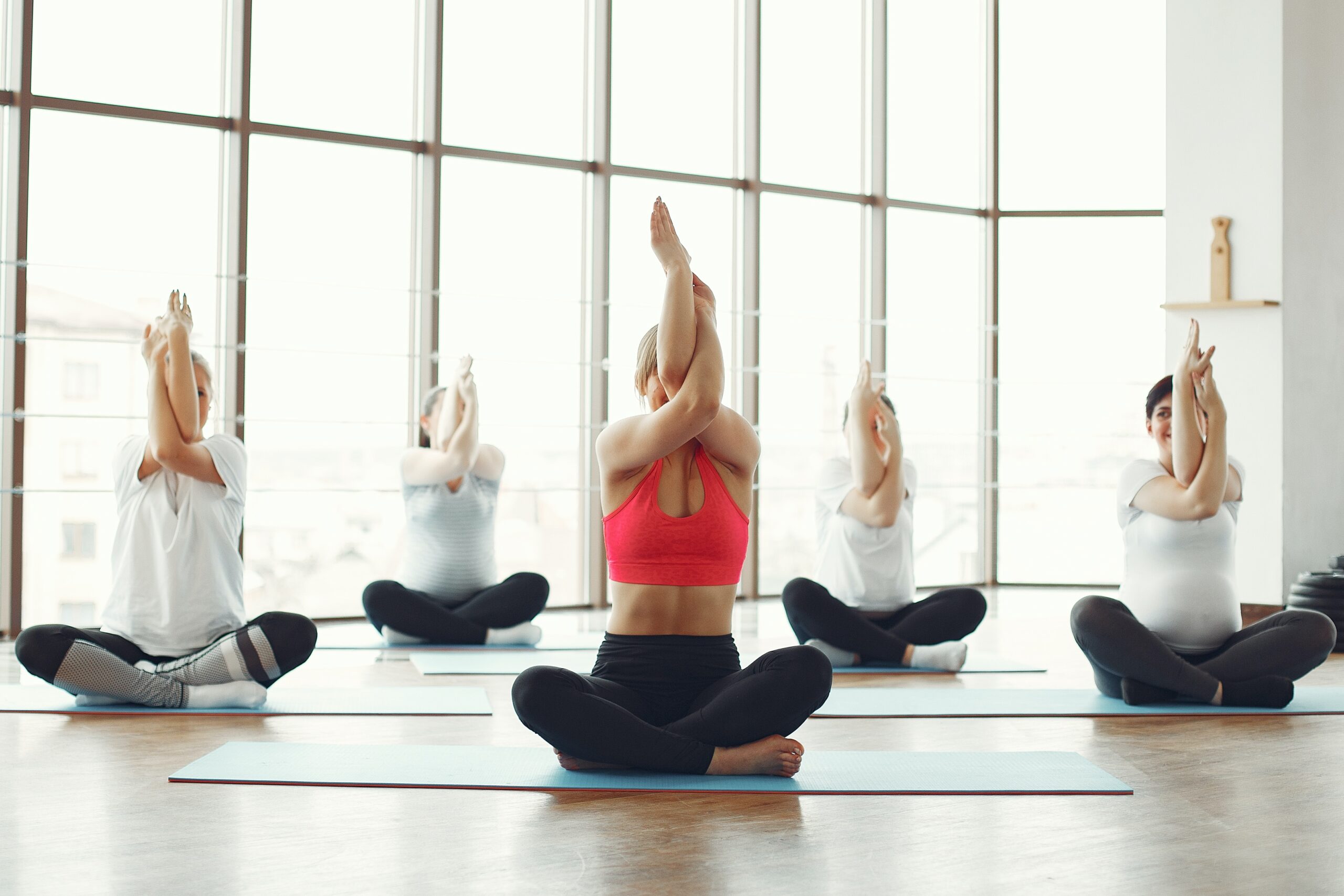
In today’s world, mental tension, anxiety, and stress are common occurrences in our daily lives. Unfortunately, the negative impact of these factors can lead to a lack of attention, concentration, and memory. However, there is a solution to combat these issues, and it comes in the form of yoga. By practising yoga, individuals can achieve a relaxed state of mind, which can lead to improved attention, concentration, and memory.
Studies have explored the effects of incorporating yoga into educational settings for young adolescents, showing promising benefits in various domains. Research on adult populations has also demonstrated the importance of yoga, as it is more effective than exercise in improving psychological outcomes. Additionally, studies comparing physical education and yoga have found that yoga has better benefits for schoolchildren. One of the best things about yoga is that it can be practised by anyone, regardless of age, gender or fitness level. This ancient science is a dynamic process that can boost brain functions, making it an elixir for youth and vitality.
Yoga Enhances Blood Circulation to the Brain. Yoga offers specific benefits for the circulatory system, as the stretching involved in yoga poses helps to oxygenate and rejuvenate the blood, while the practice of pranayama, or yoga breathing, helps to push nutrients to the vessels and capillaries. During yoga practice, concentrated breathing activates the diaphragm, which pulls down and increases the pressure in the abdomen, compressing abdominal veins and pushing blood towards the chest and heart, resulting in improved circulation.
Moreover, practising yoga postures that involve inversions, like a headstand and shoulder stand, can also increase blood circulation to the brain. This improved circulation allows the brain to receive more oxygen, which in turn enhances alertness, awareness and memory.
Research has shown that even a brief period of yoga practice can have immediate effects on the brain. In a study published in the Journal of Physical Activity and Health, twenty young female students participated in a 20-minute yoga session followed by meditation and deep breathing, and then 20 minutes of aerobic exercise.
The researchers conducted cognitive testing on the participants after each session, evaluating their cerebral capabilities, including attention, knowledge, memory and judgment. The results indicated that the cognitive scores were higher in the women who had practised yoga than those who did not.
The tests demonstrated that after just one 20-minute yoga session, participants were able to focus better, process information more quickly and accurately, and learn, hold and update information more effectively.
Yoga Asanas to Improve Concentration and Memory
Listed below are some of the yoga asanas you can practice on a daily basis to improve your focus and memory:
Tadasana
Stand erect with the feet together. Look in front at the level of the eyes. Interlock the fingers of the hands. While inhaling, raise the hands and heels up. Turn the palms upward. Maintain the position with normal breath for 15 to 20 seconds. While exhaling, slowly bring the heels and hands down. This stretches the whole body and improves blood circulation. It also develops concentration
Natrajasana
To begin, stand straight with the feet together. Bend the left leg and stretch it back. Hold the left big toe by taking the left hand back. Keep the left hand straight. Raise the right hand up with the palms facing forward and fingers pointing up. Look at the right fingers. Keep the right leg straight on the floor. Hold the position with normal breath. To release the pose, bring the right hand down and then lower the left leg. Repeat with the right leg. This pose brings balance in the brain and improves concentration and memory.
Anuloma Viloma
For Anuloma Viloma, sit in a meditative posture. Adopt nasika mudra with the right hand. Close the right nostril with the thumb, slowly inhale through the left nostril, hold the breath for five seconds and then close the left nostril with the ring finger, release the thumb from the right nostril and exhale slowly. Now inhale through the right nostril, hold the breath for five second, close the right nostril with the thumb. Remove the ring finger from the left nostril and exhale slowly. Repeat. It clears the pranic blockages, purifies the body and mind, strengthens immune system and improves concentration, will power and memory.
Bhramari Pranayama
To begin Bhramari breathing, find a comfortable seated position either on the floor, on a chair or on the bed. You can sit cross-legged or kneel with the support of a cushion or blanket, whichever is most comfortable for you. Close your eyes and take a few deep breaths to relax. Focus on your breath and the environment around you, while keeping your spine stretched. Then, gently press your thumbs on the cartilage of your ears just below your cheekbones. and close your eyes with your index and middle fingers. Take a deep breath in through your nose, and while exhaling through your nose making a humming or buzzing sound from throat and nose and feel its vibration in the brain. Repeat this for at least six cycles or for as long as you like. Bhramari helps improve memory and calms down the mind.
The author is a Chief Yoga Officer, Jindal Nature Cure Institute.